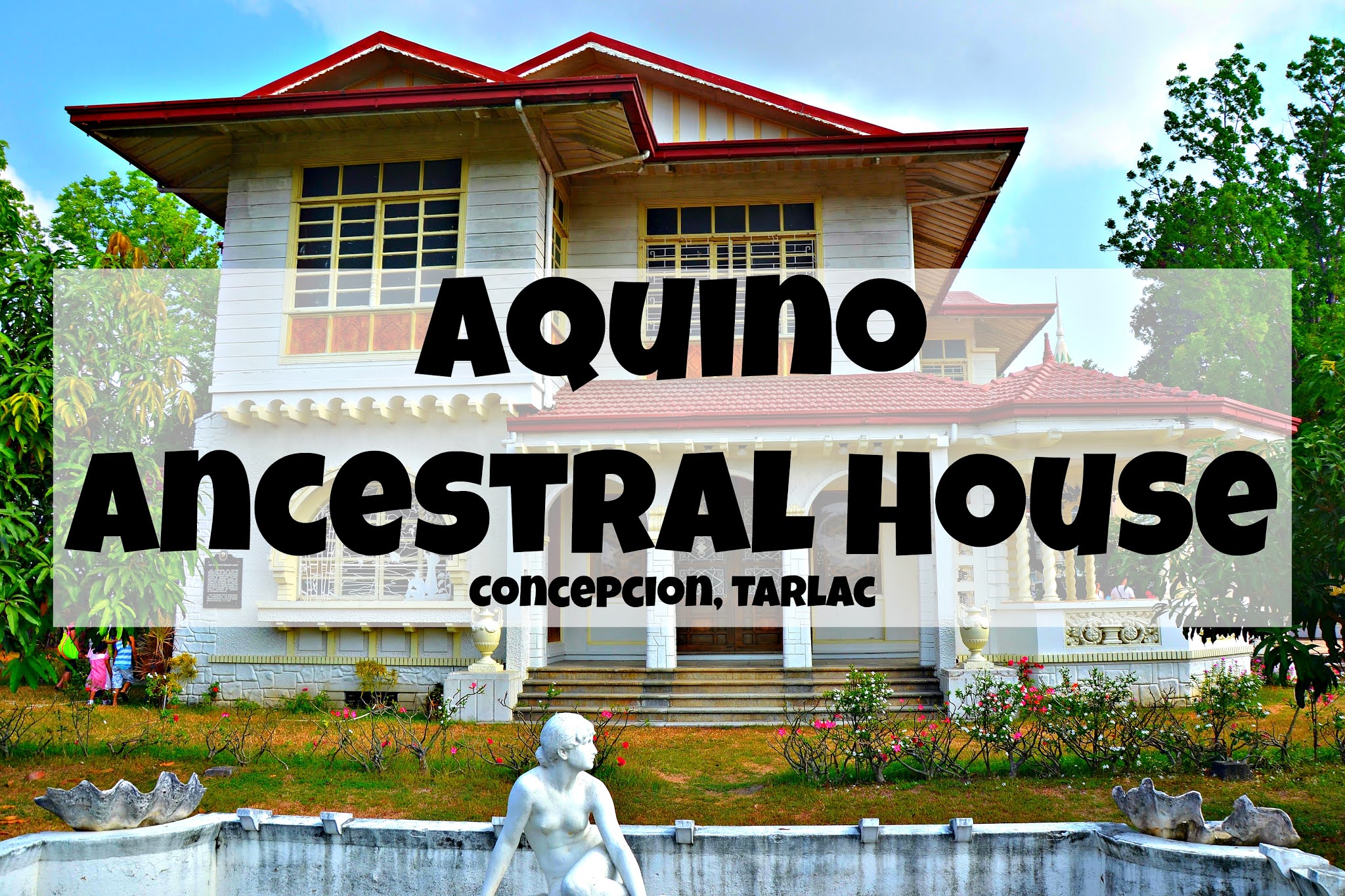Kyogoku Hachiman Shrine - Hokkaido
Kyogoku Hachiman Shrine (京極八幡神社) is the main shrine of the town of Kyogoku. It is located at 621 Kyōgoku in the town of Kyogoku in Hokkaido Prefecture, Japan.
 |
| Kyogoku Hachiman Shrine |
Kyogoku Hachiman Shrine details
WINTER
Kyogoku Hachiman Shrine is a captivating historical and spiritual site with deep roots in local tradition and culture. The shrine’s journey began on April 25, 1898, when Viscount Kyogoku Takanori, the former lord of Marugame Domain in Sanuki Province, presented the sacred seal of Kanpeitaisha Otokoyama Hachimangu Shrine (now Iwashimizu Hachimangu Shrine) to protect Kyogoku Farm. He enshrined the seal at the shrine’s original location, laying the foundation for its future significance.
 |
| Kyogoku Hachiman Shrine - Kyogoku town, Hokkaido Prefecture |
In September 1919, following a unified
effort by the local villagers, the Village Shrine Founding Promotion
Association was established. With the approval of the Kyogoku family and the
farm, plans for the reconstruction and donation of the shrine were set in
motion. The villagers came together, signing a petition for the shrine's
official establishment. Their efforts culminated in the shrine's formal
approval on May 10, 1923, marking the beginning of Kyogoku Hachiman Shrine as
we know it today.
 |
| Kyogoku Hachiman Shrine's torii gate |
 |
| The stone steps leading to the shrine are buried in deep snow |
In September of the same year, the sacred
seals of several prominent deities—Okuninushi-no-Mikoto,
Sukunahikona-no-Mikoto, and Ukemochi-no-Kami—were presented to the shrine from
Kanpeitaisha Izumo-Taisha, Kokuheichusha Sakaretsuisosaki-jinja, and Kanpeitaisha
Inari-jinja. In addition, Haniyasuhime-no-Kami was also enshrined, further
enriching the shrine's spiritual heritage.
Kyogoku Hachiman Shrine's Main Hall
On May 16, 1925, a new shrine building was erected, with the construction of a hall for offerings and a worship hall. Just one year later, on June 21, 1926, the shrine was officially designated as a village shrine, and shortly thereafter, it was recognized as a place for sacred offerings and prayers.
 |
| Kyogoku Hachiman Shrine's chozuya |
 |
In August 1946, the shrine took another significant step by becoming a religious corporation, officially joining the Association of Shinto Shrines. At this time, the shrine was renamed Kyogoku Hachiman Shrine, solidifying its identity and place in the local community.
 |
| Kyogoku Hachiman Shrine as seen from the Torii gate at the foot of the hill |
 |
| The torii gate as seen from Kyogoku Hachiman Shrine's Main Hall |
Kyogoku Hachiman Shrine continued to grow and evolve over the years. In August 1997, the shrine building was relocated to its current site and reconstructed, in celebration of the 100th anniversary of the shrine’s founding. The milestone was commemorated with a special ceremony on August 6, 1997. Further improvements were made in 2014, with the construction of a new shrine office and the rebuilding of the office building, ensuring that the shrine continues to serve its community with pride.
 |
| Kyogoku Hachiman Shrine's komainu statue |
 |
| Kyogoku Hachiman Shrine's un-gyo |
 |
| Kyogoku Hachiman Shrine's a-gyo |
Today, Kyogoku Hachiman Shrine sits on a sprawling 13,778 square meters of land and serves as an important spiritual center for around 1,200 households in the area. The shrine remains a place of worship, offering sacred prayers and fostering a deep sense of tradition among the local population.
My family and I visited Kyogoku Hachiman
Shrine for the first time last April 1, 2023, during our 2023 Birthday Road
Trip. It was my 516th day here in Japan as an ALT under the JET Programme. Like
all the shrines that we visited for the first time, my family and I followed our
family tradition of paying respects and offering prayers. It was late winter
when we visited, so the famed 100 steps from the main torii to the shrine were
under deep snow. Since it was a challenge going up to the main hall, I decided
that I’d head there alone, and my family should just wait in the car. It took me
over 15 minutes to reach the main hall as I was trying to be very careful with
every step that I took. Overall, it was a memorable visit for me. Hopefully, I
get to revisit Kyogoku Hachiman Shrine in a different season so that I can see
and explore every corner of it.
Kyogoku Hachiman Shrine Admission Fee
It’s FREE to enter and explore Kyogoku
Hachiman Shrine. Parking is also FREE.
Kyogoku Hachiman Shrine Operating Hours
Kyogoku Hachiman Shrine grounds are open
24/7. If you plan to avail of the shrine’s goshuin, you can get it from Kutchan
Shrine which is an affiliated shrine.
Why visit Kyogoku Hachiman Shrine?
For visitors to Hokkaido, Kyogoku Hachiman Shrine offers a unique glimpse into the region’s history and Shinto practices. The shrine’s peaceful atmosphere, rich history, and beautifully maintained grounds make it a must-see destination for those interested in Japanese culture and spirituality. Whether you’re exploring the historical significance of the shrine or simply seeking a tranquil place to reflect, Kyogoku Hachiman Shrine offers a meaningful experience for all. If you want to get the goshuin stamp of Kyogoku Hachiman Shrine, you can get it from Kutchan Shrine.
Getting to Kyogoku Hachiman Shrine
There are multiple ways to get to Kyogoku Shrine from Otaru Station, but this is the route I’m most familiar with:
From Otaru Station, take the Local Kutchan train on the Hakodate Line operated by JR Hokkaido and alight at Kutchan Station. From there, walk to the Kutchan Eki-mae bus stop just outside the station and board the Kyogoku Line Kimobetsu (via Kyogoku) bus operated by the Donan Bus Company.
Get off at the Kyogoku Bus Terminal. From the terminal, it’s about a 600-meter walk to Kyogoku Hachiman Shrine.
Ratings
| Cleanliness |
| Overall rating |
 |















Comments
Post a Comment